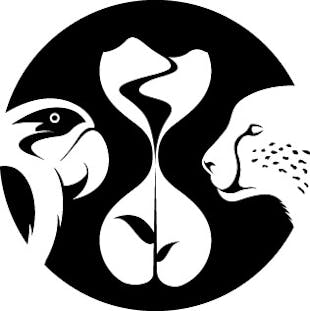In 2020, against a backdrop of massive land grabs and forest destruction, Sri Lanka’s largest and most active conservation entity, the Wildlife and Nature Protection Society (WNPS), which is the third oldest conservation entity in the world, took a bold visionary step. WNPS set up a not-for-profit, referred to under the acronym of PLANT(PRESERVING LAND AND NATURE (GUARANTEE) LIMITED) which had an ambitious project called Emerald Trails. This aspired to forge private conservation initiatives and create forest corridors to connect critical protected areas within a part of the country where land was under the biggest siege while also being home to most of the island’s endemics
The teams engaged local donors with some success, but it was an introduction to the RESOLVE and QRFN teams which provided a critical unlock and then led to conversations with them and Rainforest Trust. It was the encouragement, professionalism, and guidance received from the QRFN, RFT, and RESOLVE teams which provided the pivotal point for WNPS and PLANT to dream big and push harder. The subsequent funding by them for purchasing 12.14 hectares of land in the eco-sensitive Peak Wilderness off Deraniyagala became a catalytical trigger point for other donors and partners to feel confident about the project and its ambitions. The acquisition funding brought 44 acres of land, including stream reservations, under a conservation umbrella for the first time and helped protect a critical hillside corridor for animal movement. Over 145 Endemic species have been listed in this location (over 40 of them are on the IUCN list), and future studies may even reveal new species as well. QRFN representatives even joined the team on a field visit under the most extreme weather conditions.

Photo credit: WNPS / PLANT
The PR generated for this acquisition, funded by international donors for private conservation spaces in Sri Lanka, resulted in several other donors making inquiries and showing interest in supporting WNPS. As an indirect result, PLANT is reaching key landmass targets years ahead of the original ambitions, forging exciting new partnerships, and dreaming bigger to make a larger impact on the conservation landscape. This is a major boost towards protecting endemism in Sri Lanka. This specific location has already had new donors fund camera traps and the entire reforestation requirements, while other donors have brought in more land, plant nurseries, funds, and expert advice on conservation and climate-related areas, into PLANT.
Sri Lanka experienced a massive social and economic meltdown and crash in 2022, and hence, a few corporates are already pitching this work to international brands for funding, while PLANT has been offered facilities for Research stations and plant nurseries in different parts of the country. Once they have developed a stronger land bank, it will provide WNPS with the credibility needed to discuss with Government officials to lobby for better support and engagement in this body of pioneering work. Partners also like working with PLANT on developing economic models for coexistence between commercial interests (Ecotourism and mixed crops and sustainable harvesting combined with conservation initiatives), and the team hopes to broaden that engagement over time. The team also brought in global forestry expertise to their Board for advice and guidance.
We believe that leaving the future of all our Fauna and Flora at the mercy of state actors is no longer an option. The catalytical roles of QRFN, RESOLVE, and Rainforest Trust have helped enable WNPS – through PLANT – to play a pioneering role in propelling Private Conservation into the forefront of public responses towards an ineffective and failing national conservation strategy within Sri Lanka.
Authored by Sriyan de Silva Wijeyeratne, Chairman PLANT and Former President, WNPS), edited by Sanjiv Fernando




